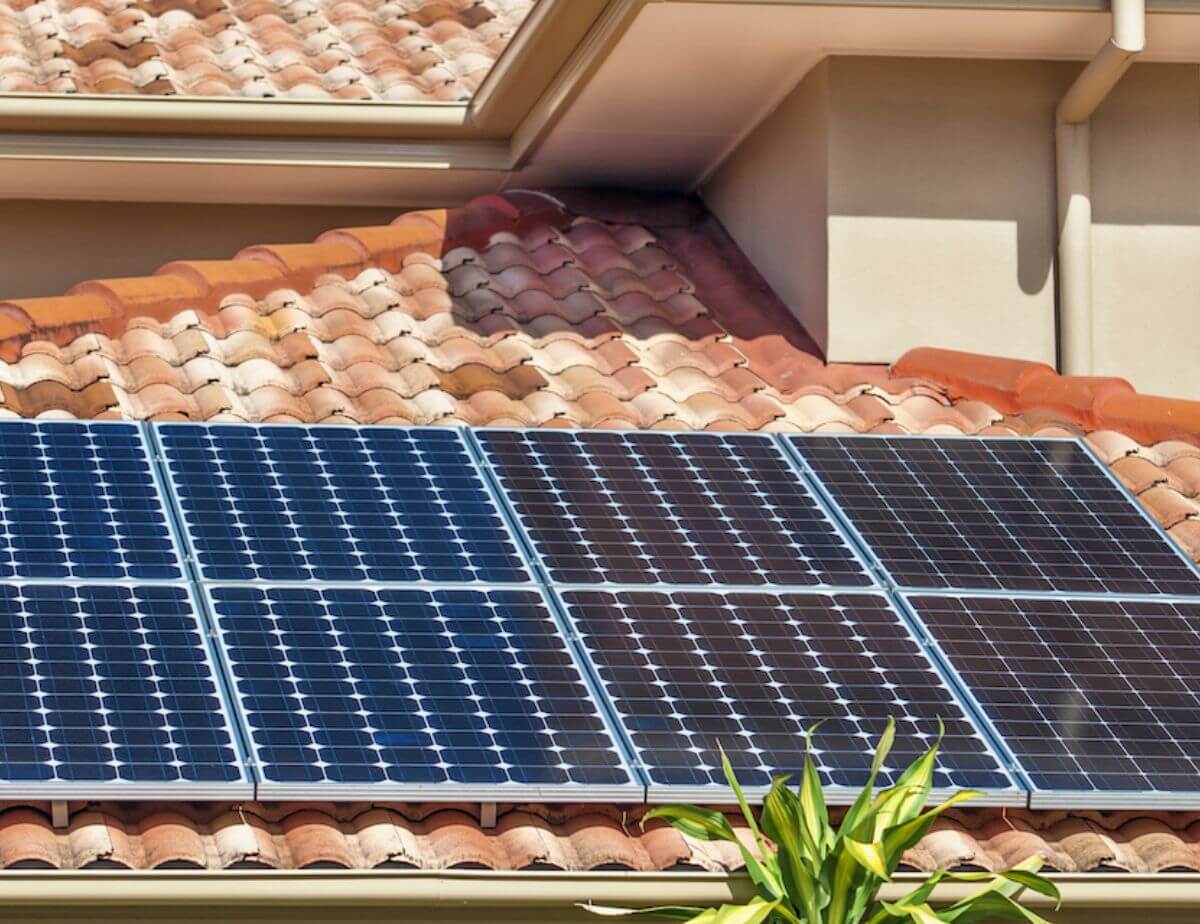Since its implementation in 2008, we have not seen a year with as frequent load shedding as 2022, and with power cuts hitting the country every single day since the beginning of 2023, it looks like we could be in for another difficult year of power insufficiency. So, what can South Africans do to help alleviate some of the pressure, and start a new path toward energy independence?
Inverters have been the hot product amongst those suffering the most through load shedding, but the big question that often comes to mind is “which inverter is best for me?”.If you’re stumbling around in the dark (like most South Africans), unsure of where to start, this blog will provide you with the information you need and the Aqua Therma solution we have created with you in mind!
What is an inverter?
An inverter converts electricity from the source so that it can charge a battery, and can be used to power multiple household items during load shedding hours.Previously, in periods of occasional load shedding, an inverter and battery set was adequate enough for households to keep certain essential items running (e.g. lamps/lights, TV, WiFi, DStv). However, these inverters and batteries were designed for occasional use only and need time to charge.
What is the difference between a hybrid inverter and an electric one?
A hybrid inverter is charged with two power sources, electricity and solar power while an electric inverter is simply powered by the electricity generated from the grid. This means that during peak load shedding stages, electric inverter batteries can dip below 50%, while hybrid inverters use solar power to make it much more likely that the charge does not fall below 50% so that the battery does not quickly wear out.
The problem
With load shedding occurring multiple times a day, electric inverters are falling short, and here’s why:
- Power surges that occur each time the power is restored can rapidly degrade cheaper inverters
- Lead acid batteries that are designed to never go below 50% charge, tend to wear out within 3 – 4 months because they are simply not able to charge quickly enough between load shedding sessions to remain above 50%. While lithium batteries could overcome this issue, they are much more expensive, effectively doubling the cost of the system
- Even worse given the limiting charging opportunities, all battery types, including lithium can run dry and cannot help with keeping your lights and appliances on.
Given the above challenges, a good quality inverter is necessary to cope with multiple surges and that’s where we come in.
Aqua Therma’s Solution
We heard you and that’s why we powered up our offering to respond to these challenges with a powerful yet very cost effective solution!
We’ve designed a bundle that will keep your lights shining with a high-quality plug-and-play hybrid electricity/solar inverter battery set with solar panels with the following specs:
- 1 Hybrid PowerBox 1.5kVA, 24V – 1200w Continuous Inverter / Charger
- 2 x JA Solar 385W Mono MBB Percium Half-Cell Blk, Short Frame MC4 Panels
- 2 x Excis FMF 12V-102Ah 12V Batteries
- Battery & Solar Cable Set
- Full standard installation*
So, if you want a long lasting quality solution that keeps your power on longer during load shedding sets, this is the solution for you.
It has the added benefit of saving money on electricity (and expensive petrol/diesel for generators) by taking advantage of Gauteng’s sunny skies and by reducing CO2 emissions to help prevent global warming.


Take a look at what our solution can power in your home
Our inverter battery set handles 1.2KwH continuously and will easily power all of the below appliances and more:
- Fridge / freezer 90W
- TV 150W
- Laptop 50W
- PC 150W
- Tablet / smartphone charging 5W
- WiFi router 10W
- LED lights (10 x 3W)
- Kitchen appliances of up to 250W
Now you can enjoy the benefits of solar all around your home – the best solution to a difficult long-term problem.
Switch on to solar, andget in touch today!
